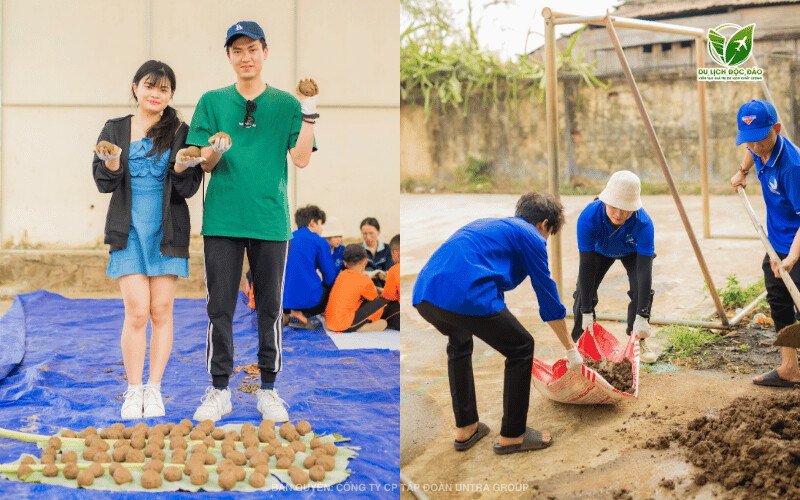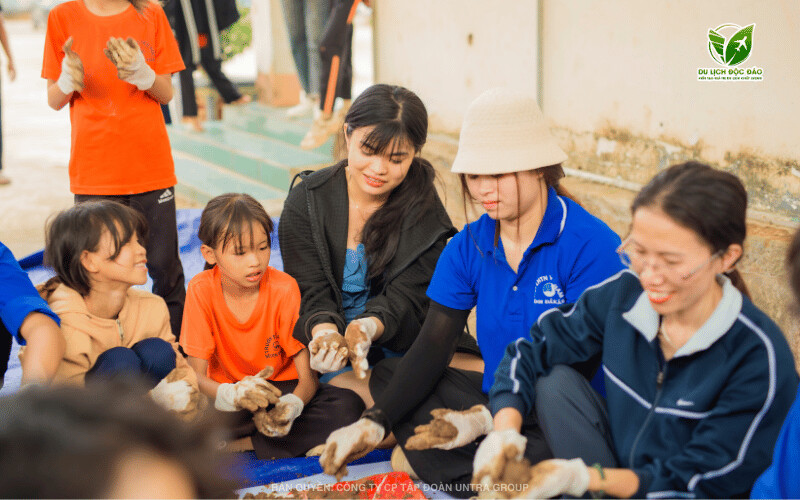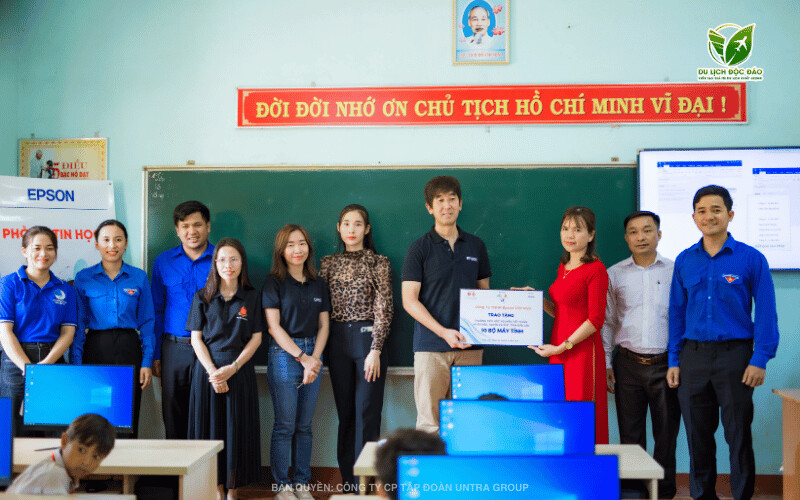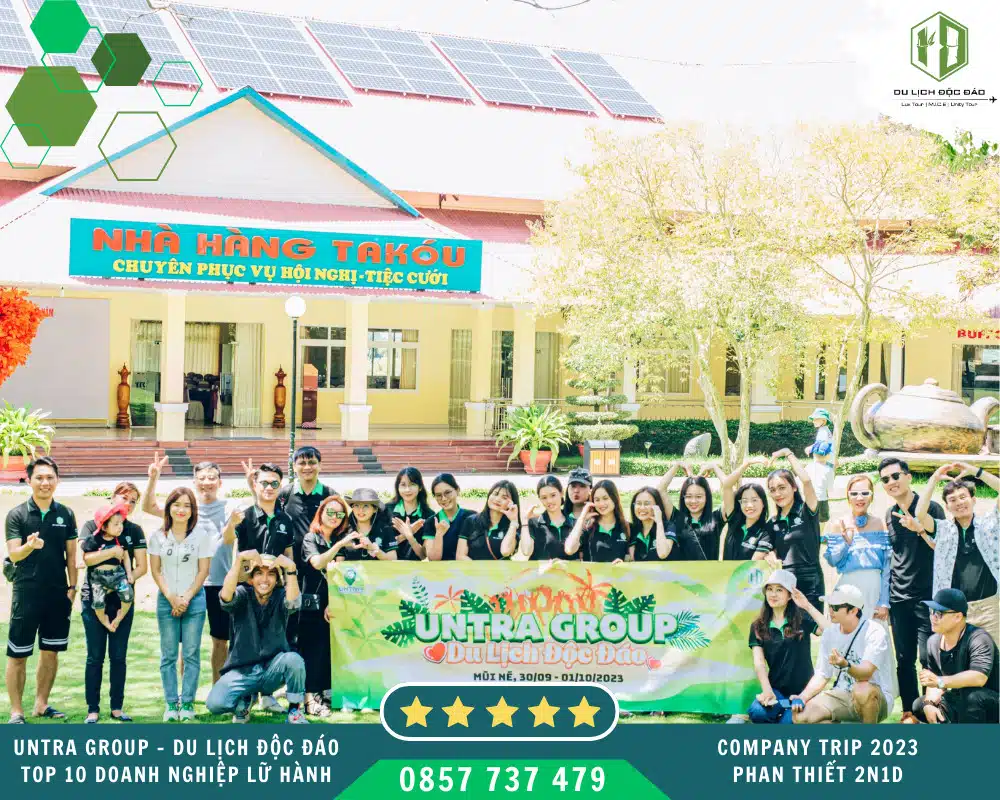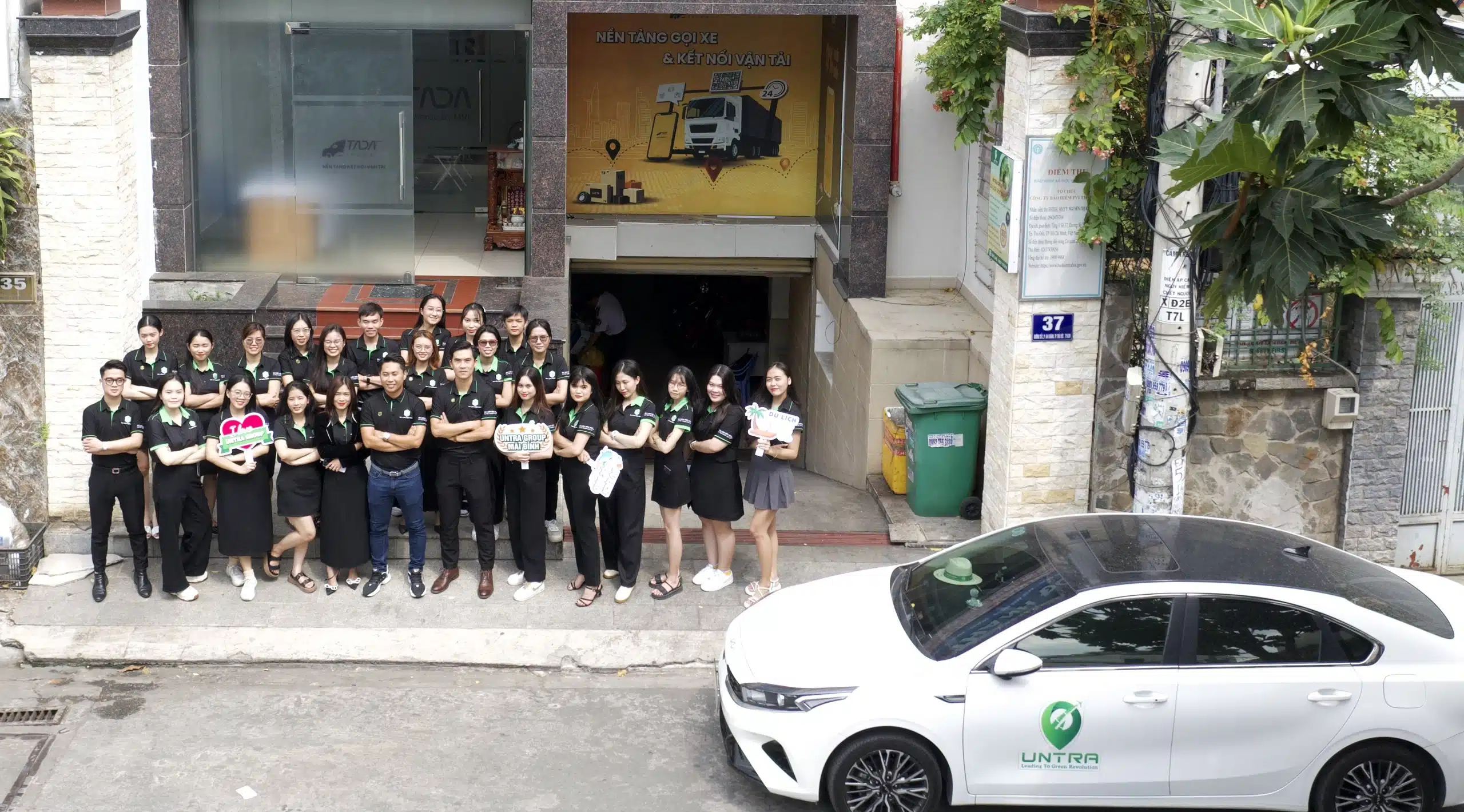Mục lục bài viết:
The “seed bomb” method for forest regeneration: A sustainable solution for the future
Origin of the method
The “seed bomb” has been around since ancient Egypt when the Egyptians used them to sow seeds along the banks of the Nile after the annual spring floods. “Seed bombs” have been used in Asia and other places, especially in arid regions due to their ability to keep seeds safe until favorable conditions for germination and growth are met.
The “seed bomb” method (also known as seed bombing) emerged in the 20th century, rediscovered and further developed by Japanese environmental activist Masanobu Fukuoka. He was a pioneer in the field of natural farming and developed this method with the aim of restoring ecosystems by sowing seeds without the need for plowing, fertilizers, or chemicals. The core idea of the “seed bomb” is to scatter seeds over barren land, deforested areas, or hard-to-reach places for natural regeneration. The “seed bombs” contain seeds, clay, and nutrients, helping to protect the seeds from pests and harsh environmental factors.
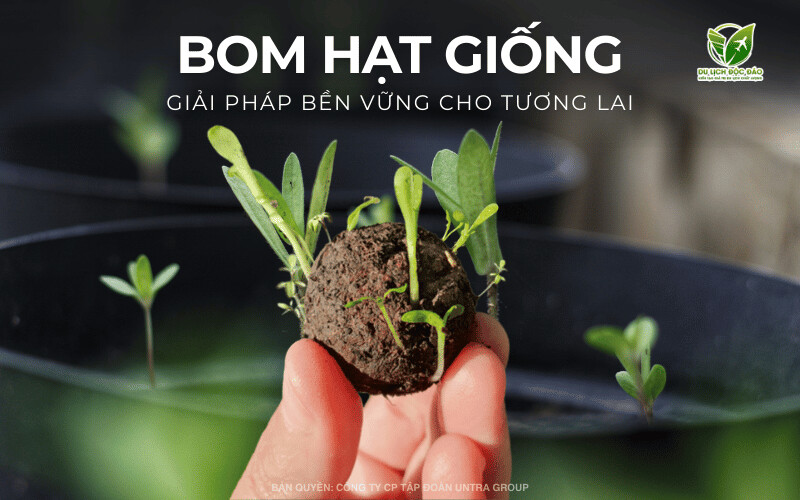
The benefits of the “seed bomb” method
This method offers many outstanding benefits, not only in environmental protection but also in the regeneration of degraded lands:
- Enhancing forest cover: The “seed bomb” helps promote the process of forest regeneration, contributing to improving forest cover, minimizing the risk of landslides, and preserving water sources and climate.
- Creating green areas in hard-to-reach locations: Areas with difficult terrain, mountainous regions, or deep forests are often hard to access for manual tree planting. The “seed bomb” method allows seeds to be sown from above, helping to green these lands without direct human intervention.
- Promoting biodiversity: Spreading various types of seeds will create conditions for many plant species to thrive, thereby contributing to maintaining and enhancing biodiversity.
- Environmentally friendly: Since it does not use chemicals, fertilizers, or machinery intervention, this method is a sustainable and environmentally friendly option.
Why use the “seed bomb” method?
Tropical forests and natural ecosystems around the world are facing serious decline due to deforestation, climate change, and population growth. In many areas, reforestation through traditional methods encounters significant challenges related to cost, manpower, and geographical conditions. Therefore, the “seed bomb” method is considered an effective solution to address this situation. Furthermore, the protection and regeneration of forests is not only the responsibility of organizations but also requires community participation. The “seed bomb” method is simple and can be implemented by anyone, from individuals to community groups.
The popularity of the “seed bomb” method
This method has become popular in many countries around the world, especially in countries with harsh climatic conditions or many areas of land that need restoration. Countries like India, Thailand, the United States, and Australia have all adopted this method in their reforestation campaigns. In India, the reforestation campaign using “seed bombs” has been widely implemented with the participation of non-governmental organizations and local communities, helping to restore millions of hectares of forest. In Thailand, many remote mountainous areas have also been greened by dropping “seed bombs” from the air.
In Vietnam, some environmental protection organizations and communities have pioneered the use of this method to regenerate degraded forests, especially in the central and Central Highlands provinces, which are heavily affected by natural disasters. Later, “seed bombs” have also gradually been applied more widely to regenerate barren forests. The “seed bomb” method is widely used by conservation areas, national parks, and farmers, contributing to forest regeneration.
The “seed bomb” method is gradually becoming popular in several provinces such as Đắk Lắk, Lâm Đồng, Quảng Bình, Nghệ An, and some other regions in Northwest Vietnam. These areas are characterized by complex terrain, making it difficult to plant forests using traditional methods. Additionally, some southern provinces like Đồng Nai and Bình Phước have also applied this method to restore exploited rubber forests.
Recently, Nui Chua National Park in Ninh Thuan province has also implemented this method to regenerate the forest vegetation, initially yielding many positive results. Nui Chua National Park has a dry ecosystem, classified as one of the driest in Vietnam today.
How to create “seed bombs”?
“Seed bombs” grow based on natural principles; they germinate when it rains, requiring no fertilization or watering. Since the seeds are encased in soil, they are protected from insects and ants, resulting in a higher germination rate. “Seed bombs” are compact, making them easy to transport when going into the forest. To save labor, staff checking the forest or planting trees can carry seed bombs and throw them in the areas they pass through.
Materials needed:
- Clay (or clay powder): Helps retain moisture and protect the seeds.
- Compost or humus soil: Nutrient-rich to provide for the seedlings when they germinate.
- Seeds: You can choose native plant species suitable for the local natural environment.
- Water: Helps create moisture to mix the ingredients.
- A large container or bowl: To mix the mixture.
- A flat surface: To dry the seed bombs.
How to make:
- Mix clay and compost/soil: Use a large container or bowl to mix clay with compost in a ratio of 5:1 (5 parts clay and 1 part compost). The clay will help retain moisture, while the compost provides nutrients for the seeds.
- Add seeds: Mix the seeds into the soil mixture. Just a small amount of seeds is needed; do not use too many to avoid competition for nutrients and space when germinating.
- Add water: Gently add water to the mixture. Enough to form a moldable mass but not too wet.
- Shape into small balls: After mixing well, you can take small portions and roll them into small balls, about 2-3 cm in size.
- Dry: Place the seed bombs on a flat surface and let them dry naturally. This process can take from a few hours to a few days, depending on the weather conditions.
- Use: Once completely dry, you can throw these seed bombs into bare, wasteland areas, or areas that need environmental restoration. When it rains or is watered, the seed bomb will dissolve, releasing the seeds and starting the germination process.
Note:
- Choose seeds that are suitable for the climate and soil conditions of the area.
- Seed bombs are often used in urban greening projects or natural forest regeneration.
Seed bomb – Planting trees in combination with the Central Highlands Volunteer Program of Unique Tourism
At the beginning of 2024, Unique Tourism proudly accompanies the meaningful CSR – ESG activities of EPSON Group, experiencing “seed bombs” – planting shade trees for students in conjunction with volunteer work in Dak Lak. This is a meaningful activity that not only contributes to environmental protection but also brings practical social value. This event focuses on using seed bombs to sow green seeds in the barren lands of the Central Highlands, which are severely affected by deforestation and climate change.
The enterprise has combined the spirit of volunteerism with efforts to plant trees, bringing dual benefits to the community. By organizing this activity, not only have hundreds of seeds been sown to restore natural forests, but it has also contributed to raising local people’s awareness of the importance of environmental protection. At the same time, the enterprise has allocated part of its resources to support technology equipment for students, providing practical assistance through activities such as gift distribution, book cabinets for children, essential supplies, and educational programs.
This beautiful activity not only promotes green and sustainable development for the Central Highlands in general and Dak Lak province in particular, but also demonstrates the corporate social responsibility (CSR) of the enterprise in building a sustainable future for the next generation. The combination of environmental protection and volunteerism has created a chain of actions that spreads, inspiring the community and other organizations to join hands in contributing to nature and society.
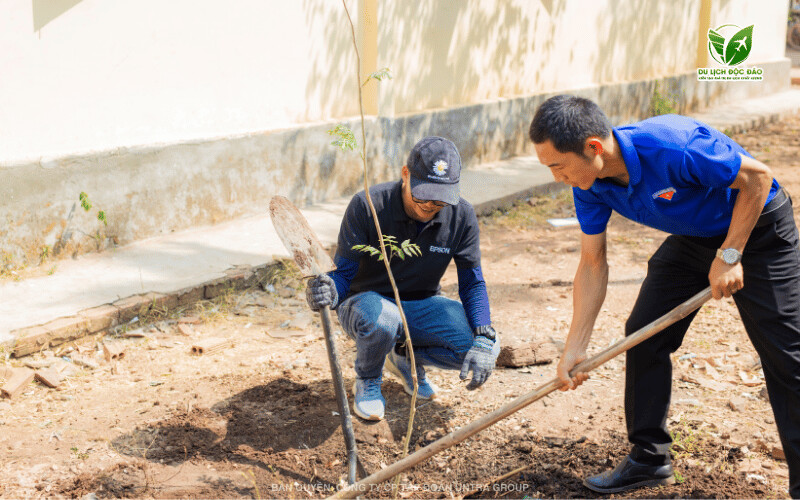
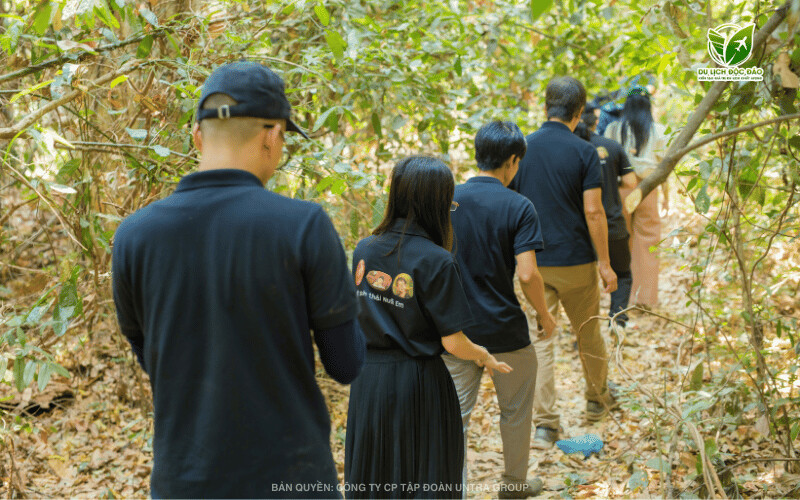
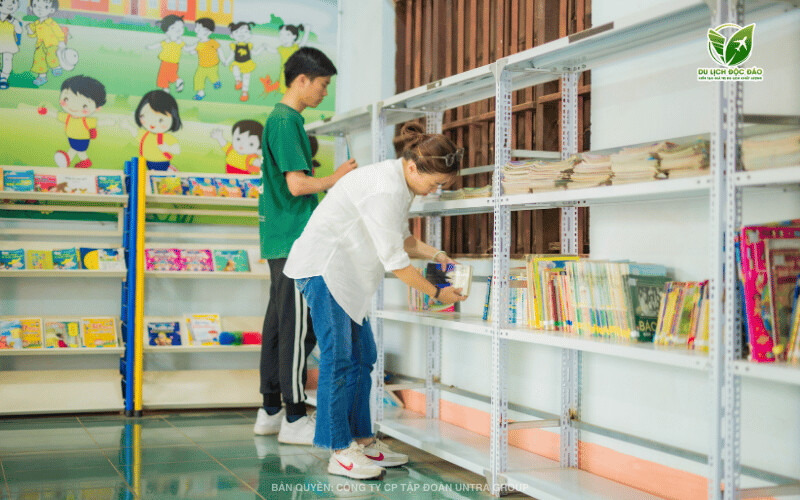
Conclusion
The “seed bomb” method is an innovative and effective solution for forest regeneration and ecosystem restoration. With the combination of technology, community awareness, and support from organizations, this method has the potential to become a widespread movement in Vietnam and around the world. In particular, the cost of creating “seed bombs” is very low, utilizing readily available local materials such as clay, self-harvested seeds from the forest, and decomposed cow manure. The application of “seed bombs” contributes to diversifying and enriching the seedling sources, helping to improve natural forest regeneration.
Unique Tourism proudly serves as the leading organization for tree planting in Vietnam, with many unique, attractive, meaningful, and interesting programs. We are committed to bringing benefits to businesses, society, and the environment, aiming for a green and sustainable life.
Join the tree planting and volunteer program by contacting the Customer Service Hotline at 0857 737479 or the Tree Planting Program Department at 0857 700 714 (Ms. Quyên) for the most detailed consultation from our professional and experienced staff.
UNIQUE TRAVEL – CREATING QUALITY TOURISM VALUE
━━━━━━━
UNTRA GROUP JOINT STOCK COMPANY – UNIQUE TRAVEL
※ Website: untragroup.com | dulichdocdao.net
※ Head Office: UNTRA TOWER – No. 37, Street No. 2, An Khanh Ward, Thu Duc City, Ho Chi Minh City
※ Southern Branch: 74/8B Phan Van Hon, Tan Thoi Nhat Ward, District 12, Ho Chi Minh City
※ Central Branch: No. 123 Trinh Dinh Thao, Cam Le District, Da Nang City
※ Northern Branch: 14-15A, 7th Floor – Charmvit Tower – No. 117 Tran Duy Hung, Trung Hoa Ward, Cau Giay District, Hanoi
※ 24/7 Customer Service Hotline: 0857 737 479

